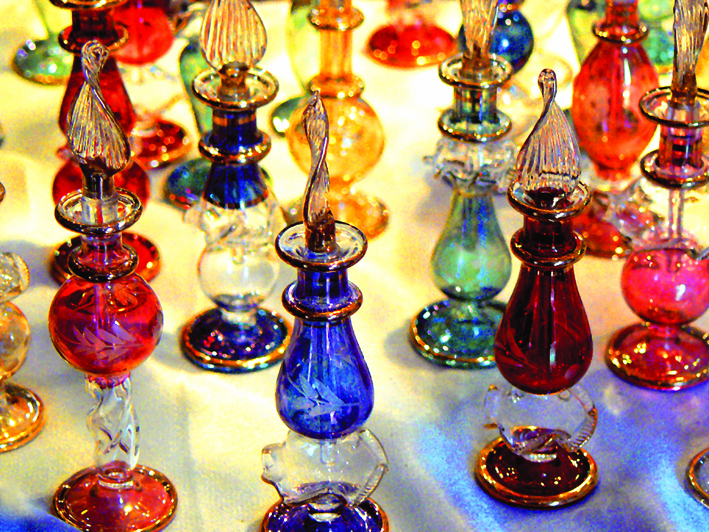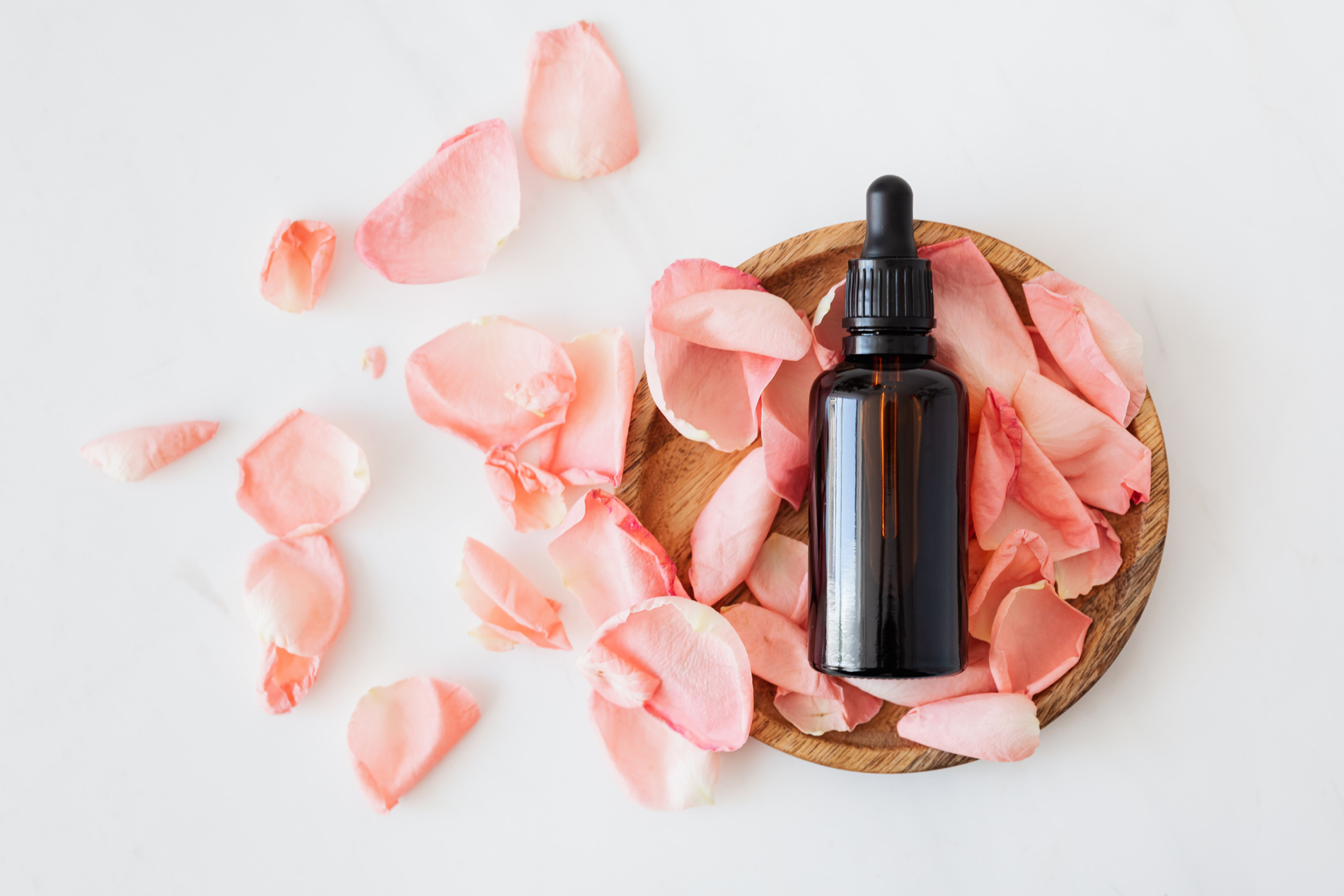The Perfumer and The Fixation Process

Fixation is one of the biggest challenges that the perfume making industry faces. It is also one of the most important factors that stand between the success and failure of a perfume composition.
Fixatives are the non-volatile substances used to slow down the evaporation rate of the volatile components of a fragrance. They help perfume makers to perfect their blends to the highest level and are indispensable tools of trade within the perfume industry.
Fixatives are the non-volatile substances used to slow down the evaporation rate of the volatile components of a fragrance. They help perfume makers to perfect their blends to the highest level and are indispensable tools of trade within the perfume industry.
Getting the fixation process right is very important. This is especially so because most perfume buyers are not looking to buy scents that do not last. I don’t know anyone who wants to spend their hard earned cash on perfumes that are so fleeting that their fragrance has disappeared within the first hour after application.
The raw materials used for fixation in perfumes can be of natural or synthetic nature. Scented or unscented, with nature identical, nature similar or non nature like characters. Ultimately, their purpose is that they are non-volatile enough to help that perfume blend develop and retain its full intensity for long periods.
Most professional perfumers prefer to use synthetic or man made fixative agents in their blends. These types of fixation methods have more products available that can be used to effectively fix a perfume without significantly altering its original scent prior to the fixatives being added.
If you’re going the natural route, fixative materials like Patchouli, Vetiver, Labdanum and others have great fixation ability. However, their odor can easily dominate your entire blend or drastically alter it if they are not carefully handled.
Thankfully, there are extensive fixatives available that can be used in a blend to extend the evaporation rate of each of the different notes in a perfume. What’s more, you can use different fixing agents for different parts of your blend. For instance, you might choose to only fix the top and middle notes in your composition if the base note already has enough lasting power.
Surprisingly, extreme fixation in a perfume is no guarantee of good scent retention. As a matter of fact, excessive fixing can result in the fixative agents inhibiting each other, thereby hindering fragrance diffusion and making the odor of the perfume impossible to smell in the air around its wearer.
On the whole, when the composition process of a perfume is well thought out and its blending balanced, it shouldn’t require too much fixing.
The Author:
Remy Baker is a successful perfume maker/entrepreneur. She is the author of Scent2Riches, a perfume making from home guide. The manual shows people how to make perfumes for next to nothing and sell their blends for big bucks, from the comfort of their homes.








